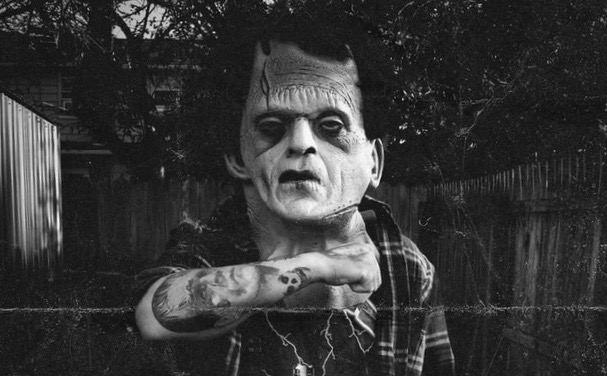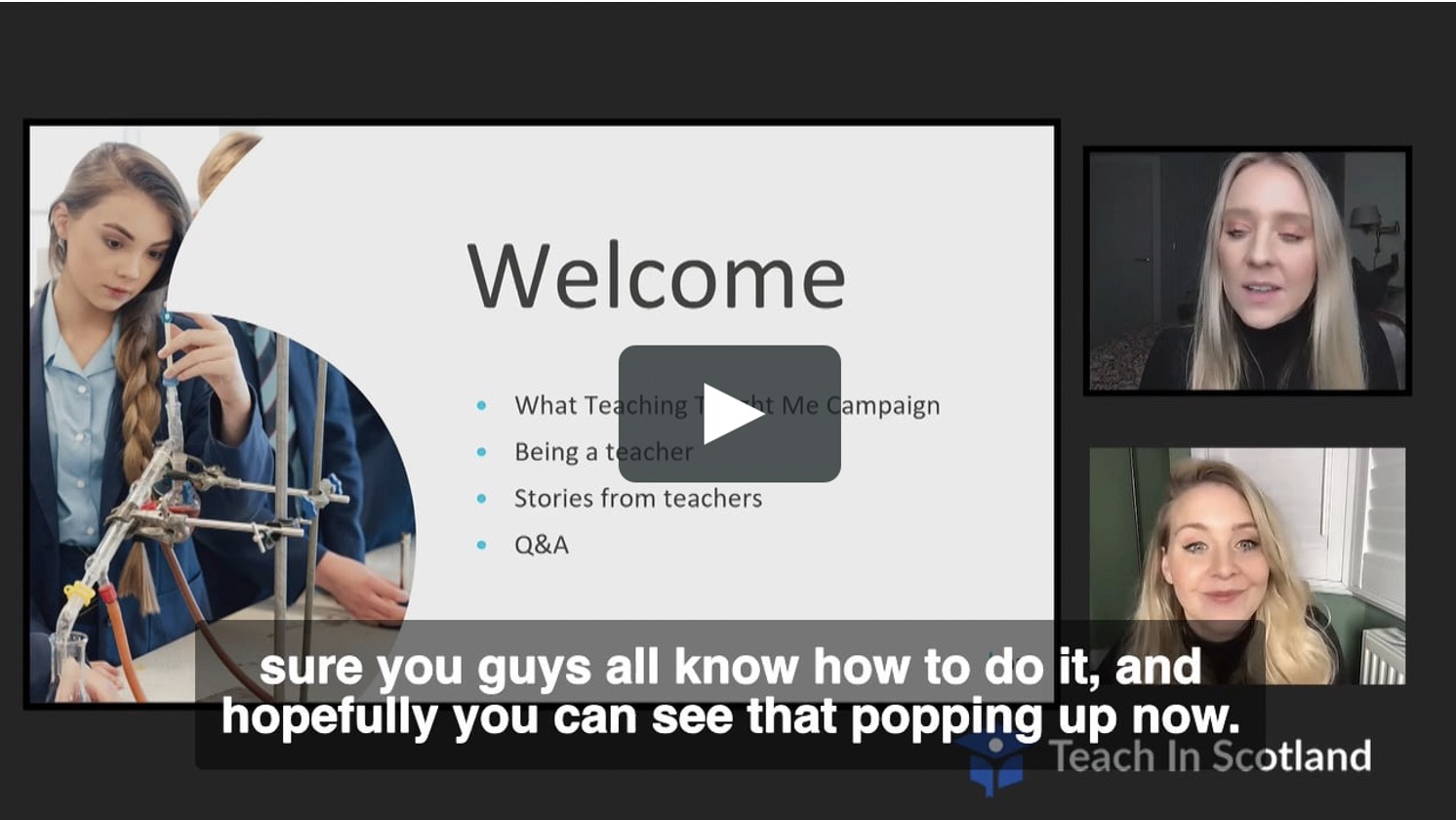Flirting with pretension, some marketers describe themselves as storytellers. Advertisers, professional influencers, PR pros, videographers and SEOs have all said it. It’s a lofty claim, but is it accurate? Advertising campaigns must be fantastically creative and compelling but also commercial. Our work, art, science and efforts push towards a goal, or we must look again at the brief and bill.
So, we're no Mary Shelley, and we’re not publishing anonymously just to get the story told. After the optimistically hoped TV campaign budget failed to materialise, Shelly never grudgingly made a 15-second social media cut of a novel, and I doubt Shelly thought much about distribution and media channels.
But we do make Frankenstein monsters. Often, that’s tragic, but it does not need to be that way; later on, I'll quickly discuss some artificial people who found love.

Digital campaigns are often Frankenstein monsters. (Photo: Bruno Guerrero.)
We make our monsters by assembling bits and pieces from the archives of Best Practice, the zeitgeist chambers of Trend, stargaze into the future for a Media Plan and then let our on-Budget creation out into the world. And our Creation wants to be loved, but it rarely is. The most cobbled together of these weird science Creations are often known as 'Integrated Digital'. Sometimes they’re barely integrated.
As the mother of sci-fi might be alluding to in Frankenstein, we can do better. I'm not writing this to encourage readers to throw in the towel because we can aspire to empathetic success. How? We’ll find that creating campaigns and nurturing messages that are relevant and helpful to people will lead to more organic integration strategies. Our audiences, the people we care about, don’t live in media silos and they’ll share-worthy work.
At the height of the pandemic, one of these Integrated Digital campaigns was crucial during a desperate shortage of STEM teachers. The Star Award winning Teachers Recruitment campaign from the Scottish Government and The Union included a virtual career fair for teachers, complete with additional and supporting virtual events.

Virtual events for Teachers Recruitment.
Attendance for the virtual fair was 555% higher than in-person events. The Teach In Scotland site was part of the fair and (wait for it…) integrated. The first success came from going where the audience was, not looking for a channel to support a creative idea. The second success was ensuring there were reasons for participants to return. It wasn’t a bump; returning visitors to the site went up by 76%.
I could easily stick with the monster theme as I turn to Japan and a booming Japanese cultural export for my following example.
Sony bought Crunchyroll, the anime streaming platform, from AT&T for $1.2bn last year. With mega-money like that being paid out, I hope to reassure you that I’m not going niche. Anime is increasingly mainstream and, yes, filled with monsters. I see the phrase "transmedia" more than I see "marketing" in anime news, and that's not just because entertainment franchises exist across diverse media, like games, novels, and even musicals. It's because people interact with brands in many different spaces too. Even a digital-first brand is discussed in public, in the news and represented in entertainment.
Netflix's Witcher franchise and campaign for The Witcher anime is inherently transmedia, hopping from book to game, live-action, and then anime. The marketing followed. Or Demon Slayer, which made $276 million through a spin-off movie release during the pandemic. And the equally commercially successful Pacific Rim. This extends to, the more obscure and new like Arknights, a Chinese tower defence game that will soon market itself through a TV anime.
From monsters to money, let's pause and reflect on the near decade-old campaign for Okinawa's Bank of the Ryukyus anime ad for insurance. Why? Any insurance campaign that's memorable ten years after it ran is worthy of a mention. The campaign is proof that integration is about going deep, not about going broad by stitching on digital distribution. The 15-second slot featured two characters; magical girls called Rumi and Rura, who had detailed "character sheets", hobbies, birthdays and even blood types. That’s remarkable detail. When did you last know the blood type of a character in a commercial?
More recently, in 2019, Dentsu's Takashi Muto, a strategic planner at the Japanese giant, wrote about the potential of Harnessing the Power of Anime as an Outstanding Marketing Solution. It was the launch of the Dentsu Japanimation Studio.
It's clear from Takashi that success comes from anime that's "optimised to communicate brand messages" and that "creating works is [their] principal task and producing advertisements is our subordinate task".
We're back to storytelling. It's not anime, nor is any hot-for-the-day digital platform for a Creative asset to run on. It’s about something more profound and instinctual. Rumi and Rura were digital characters, and the video showed them integrated into the real world, but that didn’t make them loved.
Unlike Frankenstein's Monster, people received those two magical girls warmly. Like the Teachers' recruitment campaign, Okinawa's Bank of the Ryukyus was designed to create ripples on any platform, digital or not, and focused on the empathy required to earn reactions in the first place.
The Teachers Recruitment campaign found its success by going to its audience and being helpful, and the Bank found its success by picking avatars its audience could relate to. Rumi and Rura were superhero school girls, but people watched the ad and connected with it. “That’s intended for me!” they thought.
Empathy can be planned, or rather, when advertisers plan campaigns they should remember to be empathic. Empathy can’t be bought, demanded or scheduled. As a result, it can pop up in surprising places. My last example is a favourite topic: eating chocolate cake.
We’ll remember the chocolate caterpillar battles of Cuthbert and Colin for a while and the hashtag #FreeCuthbert is a big reason why. It was the empathic rally point for a subject the internet would care about. Ripples of reaction were hoped for, predicted and likely and that’s the perfect moment for a hashtag.
M&S (2021 revenue £9.2bn) called in lawyers because they thought Aldi’s (2021 revenue $121bn) Cuthbert was too similar to Colin.
One tweet later and the internet wasn’t just joking around with chocolate cake. Aldi’s looked like a plucky little company fighting against a bully. It’s about ten times the size of M&S. #FreeCuthbert generated, gosh, it’s hard to calculate the brand value and so let’s just say “A lot” for Aldi.
#FreeCuthbert also sold a lot of chocolate cakes, of all kinds. It’s food for thought the next time an FMCG brand wonders whether the internet is really for them.
The chocolate conflict also provided opportunities for other brands to get involved and so some wit, humour and good nature themselves. One favourite of this digital strategist was a simple but effective tweet from Bannockburn House.
M&S and Aldi’s eventually called a truce on the caterpillar wars.
It’s hard to say whether the #FreeCuthbert hashtag made a difference but it earned attention. Its purpose as a hashtag, to join content and conversation together, was a success. It rippled. It’s not hard to find a bus stop poster with a hashtag scrawled on it and ask yourself, “What’s the point of that?” Is the goal to protect a brand, sell a product or get people to use a hashtag? Or is the hashtag just scrawled there to make the campaign an Integrated Digital one? “#FreeCuthbert” worked well as a hashtag campaign because it worked with social media, organically sparked, curated and entirely liberated from media plans.
I started this piece by challenging whether marketers, advertisers, influences and our ilk were dangerously close to pretension by thinking of ourselves as storytellers. I suggested that sticking parts together, even if it was an exquisite corpse, would not necessarily be a success that moved an audience to respond. I wonder if, rather than being storytellers, our role is to listen to the stories being told. Integrated campaigns, digital or otherwise, are those which our audience of storytellers wish to adopt, make their own, retell and pass on.
The internet isn’t a broadcast medium; for better or worse, it’s a conversation. Success isn’t a well-crafted story; that’s merely a tool, and success is the reaction of our participation in the living story told by others.




